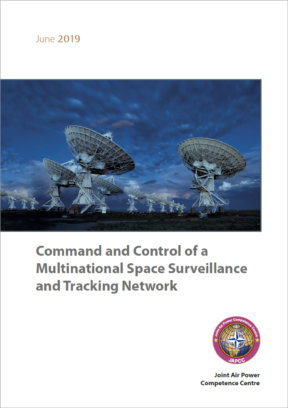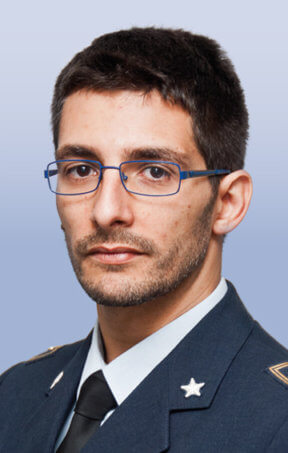Introduction
Space Surveillance and Tracking (SST) is the ability to detect and predict the position of space objects in orbit around the Earth, and is generally recognized as a fundamental component of Space Situational Awareness (SSA). In particular, it serves a number of different purposes, both civil and military. For instance, it is an enabler for the safety of operations in Space, because it provides satellite owners/operators with vital information to avoid in-space collisions with space debris or other satellites. The current plans for the launch of mega-constellations (constellations of hundreds to thousands of satellites) and the exponential growth of space debris make this capability essential for any space activity. SST can also significantly contribute to military operations, as it provides information to produce the Recognized Space Picture (RSP); such as the opponent’s ISR satellites overflight forecasts and updated insight about opponent’s space capabilities. Last but not least, SST is an enabler for most counter-space capabilities as it provides the position of the target satellites with the accuracy required for such applications.
A serviceable SST capability relies on timely and accurate data as well as fast and effective processing and dissemination capabilities. In particular, a network of SST sensors with location and technological diversity is essential to provide uninterrupted surveillance and tracking around the globe and increased accuracy because it allows exploiting the strengths and compensating for the limits of the different techniques employed. For instance, passive optical SST sensors (telescopes) provide precise angular information, but they need clear nights to operate. On the other hand, radars are barely affected by local weather conditions and provide excellent information about ranges, but they usually can only detect objects in lower orbits (LEO). Additionally, satellite owners and operators provide another important contribution to an effective SST capability because they usually have the most accurate positional data for their satellites and know any planned satellite manoeuvre.
In such a complex environment it is self-evident that collaborative and multinational SST is not only the least expensive, but probably the only way to achieve an effective SST. The recent establishment of several multinational agreements for cooperative SST, such as the USSTRATCOM’s SSA Sharing Programme and the EU SST framework, seems to confirm this assessment.
This white paper aims at providing a reasoned compendium about SST and multinational SST networks. In particular, it addresses the analysis of several architectural solutions for SST networks to identify and evaluate applicable C2 models. The document starts with a knowledge base about SST and its contribution to SSA. It defines the relevant terms of reference and describes its applications, both for civil and military purposes. It also illustrates the architecture of a generic SST system and provides several examples of existing national and multinational SST endeavours, with particular reference to the European Union (EU) SST framework. Finally, it provides a NATO perspective on emerging multinational SST endeavours, providing advice on why and how NATO should try to promote such agreements.












